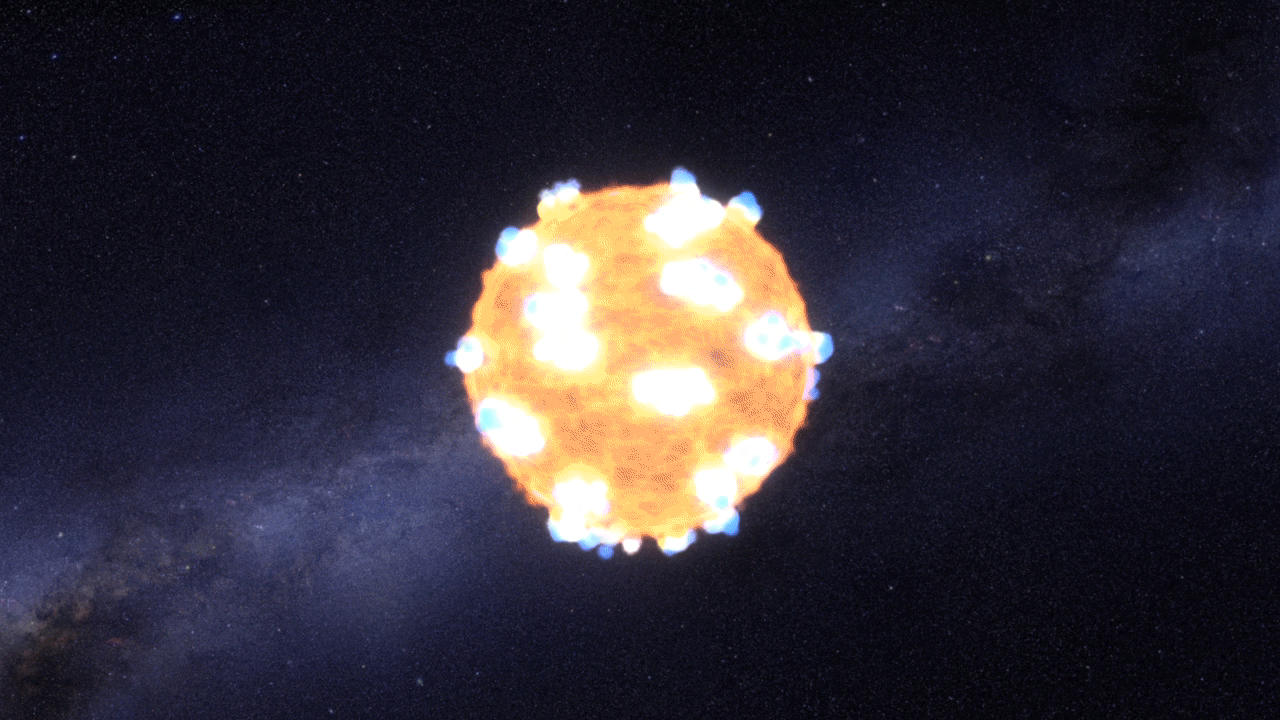
For the first time, scientists have captured images of the big shockwave of an exploding star.
Data collected by NASA’s Kepler space telescope, and being analyzed now, revealed two supernovae in 2011. While one did not reveal a “shock breakout,” possibly because it was masked by the gas that surrounds it, the other delivered a big one.
The star, located 1.2 billion lightyears away and measuring about 500 time the size of our sun, had a shock breakout of only 20 minutes. So it’s lucky that the event was recorded by Kepler, which captured light every 30 minutes, NASA says.
“In order to see something that happens on timescales of minutes, like a shock breakout, you want to have a camera continuously monitoring the sky,” said Peter Garnavich, the scientist in charge of the team that found it. “You don’t know when a supernova is going to go off, and Kepler’s vigilance allowed us to be a witness as the explosion began.”
More Must-Reads from TIME
- Why Trump’s Message Worked on Latino Men
- What Trump’s Win Could Mean for Housing
- The 100 Must-Read Books of 2024
- Sleep Doctors Share the 1 Tip That’s Changed Their Lives
- Column: Let’s Bring Back Romance
- What It’s Like to Have Long COVID As a Kid
- FX’s Say Nothing Is the Must-Watch Political Thriller of 2024
- Merle Bombardieri Is Helping People Make the Baby Decision
Contact us at letters@time.com